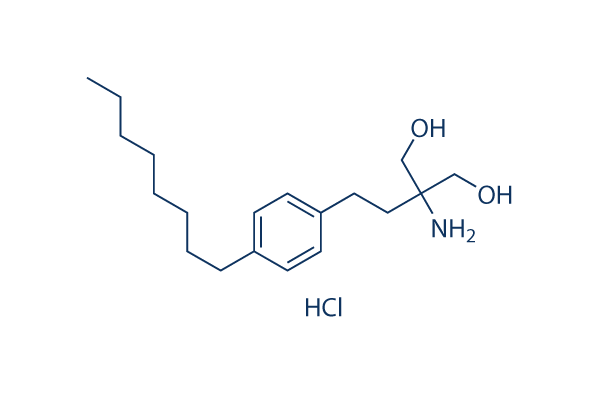To far more precisely research this phylogenetic clustering, we calculated the suggest pairwise distance and imply nearest taxon distance values making use of picante. The MPD worth can give a measure from the phylogenetic tree wide patterns of clustering. MNTD is, on the flip side, extra sensitive to clustering closer on the strategies in the phylogenetic tree. One example is, some genes could be randomly distributed throughout the tree, but phylogenetically clustered near the recommendations. MNTD would show a significant value for this kind of clustering. Genes which can be precise to species or to narrow clades may also present major MNTD values. The distribution of MPD and MNTD z scores are proven in Figure 8A. We uncovered that values 2 for each MPD and MNTD z scores are major. Consequently, we divided the MPD and MNTD coordinates into four quadrants making use of the reduce off worth two.
Forty nine modules in quadrants two and three display tree broad clustering, the salmon module is this kind of an ex ample. Eleven modules in quadrant 4 are a lot more prone to be clade or species distinct modules, the yellowgreen module offers an instance. The evolutionary profile of every module is presented in Further file 19, Figure S6, whereas the MPD and MNTD z scores are listed going here in Extra file 18, Table S7. Collectively, these phylogenetic analyses recommend that gene conservation and co expression are very corre lated, broadly conserved genes presumably organized into practical modules in ancestral species and have co evolved as groups into quite a few extant organisms, whereas narrowly conserved genes tend to be co expressed collectively as clade or species unique modules.
Comprehending the mechanism that drives co expressed genes to co evolve, or co evolved genes to become co expressed, might be of wonderful read full article interest, because it is past the in fluence of operon organization. Conclusion Within this operate, we leveraged the CV analysis of biological replicates to refine our expression measurements and to accurate systematic biases linked with GC rich ge nomes. Working with this strategy, we recognized three international patterns of gene expression that seem for being below dis tinct regulatory constraints. By integrating two well-known equipment, WGCNA and baySeq, we created a list of CCR genes and recognized previously unknown relationships concerning these CCR genes. Through phylogenetic analysis of expression network modules, we discovered a correlation amongst more powerful co expression and broader conservation of genes.
By investigating the evolutionary profiles of the modules and their MPD/MNTD coordinates, we found that most modules with sturdy tree level clustering have been dominated by widely conserved genes, and that eleven modules with solid tip level clustering had been dominated by clade particular genes. In complete, this accounted  for 79% with the 76 modules, which argues that evolutionary profiles are remarkably relevant to gene co expressions and that evolu tion has shaped the cell cycle expression network.
for 79% with the 76 modules, which argues that evolutionary profiles are remarkably relevant to gene co expressions and that evolu tion has shaped the cell cycle expression network.
Hdac Assay
Histone deacetylase 7 is an enzyme that in humans is encoded by the HDAC7 gene.
